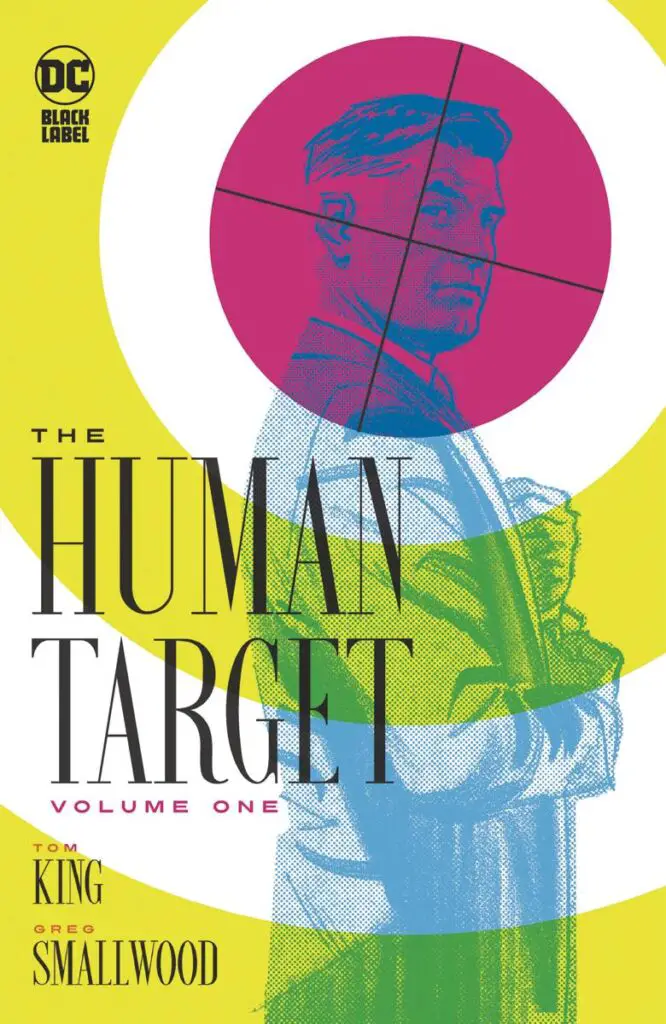Pacing. We use that word a lot in our reviews because the pace at which a comic moves and a story unfolds is just as important as the character work, the art, or the plot. However, most people don’t realize there are two kinds of pacing in Western Periodical comics, and if a creator doesn’t get them both right, poor comic plot pacing can kill a story.
The Pacing You Know
When we say “pacing,” most readers will think about how fast they get through a comic. For this Op-Ed, we’ll call it “page pacing.” Do the page turns pull them along? Are the dialog and action working together to transition from one panel to the next smoothly? Page Pacing refers to all the structural components that move the reader along.
Page Pacing is important because it can control the energy a reader gets from the story. By extension, energy can influence the feeling they have about a comic above and beyond the words and art, so page pacing helps to express “a rollercoaster of emotions,” or “building tension” or whatever emotional reaction the creator is crafting.
Taken to the extremes, Page Pacing that’s too slow can make the comic tedious or even boring. Too fast and the story either overwhelms the reader with too much information or doesn’t have enough meat to be memorable.
Think of Page Pacing as a speed dial that needs to be continually tuned to achieve the right effect.
The Pacing Few Know
For the sake of clarity, let’s call the pacing few know “Plot Pacing,” which is the pace at which the story unfolds. In its simplest form, Plot Pacing is the measure of how much of the story is presented in the beginning, middle, and end.
For prose writers (short stories, novels, etc.), Plot Pacing is not quite as critical as comics because you can simply write more pages to even the story out or go through rewrites to make it work.
In comics, particularly in a mini- or maxi-series, Plot Pacing is EVERYTHING.
Comics, as you can already imagine, is severely constrained by page count, artist availability, and the number of issues a writer has to tell the story. If the story contains all the excitement, big wow moments, and mystery in the first third of the story, the creators wind up injecting filler that goes nowhere for the remainder of the series. If the creators spend the first two-thirds creating multiple mysteries without dropping clues at regular intervals for readers to play along, the story typically ends with rushed exposition dumps.
A Tale Of Two Extremes
Here are two examples on both ends of the spectrum where poor Plot Pacing fumbled the story.
Last year, Tom King completed his 12-issue series about Christopher Chance aka The Human Target. The story, if you’re not familiar, centers on Christopher Chance learning he’s dying from poison meant for Lex Luthor, so he spends the series investigating who killed him before he dies.

If that premise sounds familiar, that’s because it’s the same premise as the film D.O.A (1950), later remade in 1988. We’re not here to pick on King’s originality, but let’s just say King’s stories are typically less original than he gets credit for.
Anyway, the 12-issue DC maxi-series took an unexpected break around issue #6 for a nearly six-month hiatus. When the series returned, the mystery was abruptly solved, and there was very little to do in the remaining issues except for Chance and Ice to spend time together while the titular charcter waited to die.
In effect, the mystery was solved just past the halfway point, so readers who wanted a complete series wound up spending money to get Greg Smallwood’s fantastic art with no story to back it up.
On the opposite end of the spectrum, this week Dynamite published the last installment of Steven E. De Souza’s Sheena: Queen of the Jungle – Fatal Exams. The 5-issue mini-series saw Sheena going undercover at a private school to find out why mercenaries were sinking core sample pipes into the ground of the nearby nature preserve.

De Souza planted one mystery after the next with questions about core samples containing ordinary dirt, hooded figures stealing old books from the school library, online prosperity gurus, secret radio stations in the jungle, and on and on and on and on.
None of the pieces appeared to have a connection or to be a part of the same plot. What was the expected result? Issue #5 is a nightmare rush of crammed-together scenes and mountains of expositional dialog to make it all make sense. The Page Pacing suffers because you have to go through a lot of reading to find out what happened, and the Plot Pacing suffers because there isn’t enough time to build drama or tension. Instead of concluding the story with a climactic finish, De Souza is forced to write gobs of dialog to tell you what happened.
In fairness, Plot Pacing can be disrupted by editorial mandates when a series is planned for 8 or 12 issues but is cut back at the last minute, which means it’s not the creator’s fault. That’s why having a backup plan and not attempting too many plot threads at once is important.
How To Avoid Poor Comic Plot Pacing
Okay, follow me on this. The greatest set of tools a creator can use to avoid poor plot pacing is…
A pencil and paper.
That’s right. The easiest way to avoid problems is to sit down and write an outline of the plot. Make sure you have an equal amount of development in the beginning, middle, and end.
Especially for comics, filler and exposition dumps are no-nos, so mapping out your plot pacing ahead of time is the most direct way to ensure you’re not wasting the readers’ time and money.
So, go forth and sketch your outlines BEFORE you start on the script. Make sure every issue has something important to add, and don’t do too much (or too little) with the space you have.
We hope you found this article interesting. Come back for more reviews, previews, and opinions on comics, and don’t forget to follow us on social media:
If you’re interested in this creator’s works, remember to let your Local Comic Shop know to find more of their work for you. They would appreciate the call, and so would we.
Click here to find your Local Comic Shop: www.ComicShopLocator.com
As an Amazon Associate, we earn revenue from qualifying purchases to help fund this site. Links to Blu-Rays, DVDs, Books, Movies, and more contained in this article are affiliate links. Please consider purchasing if you find something interesting, and thank you for your support.


